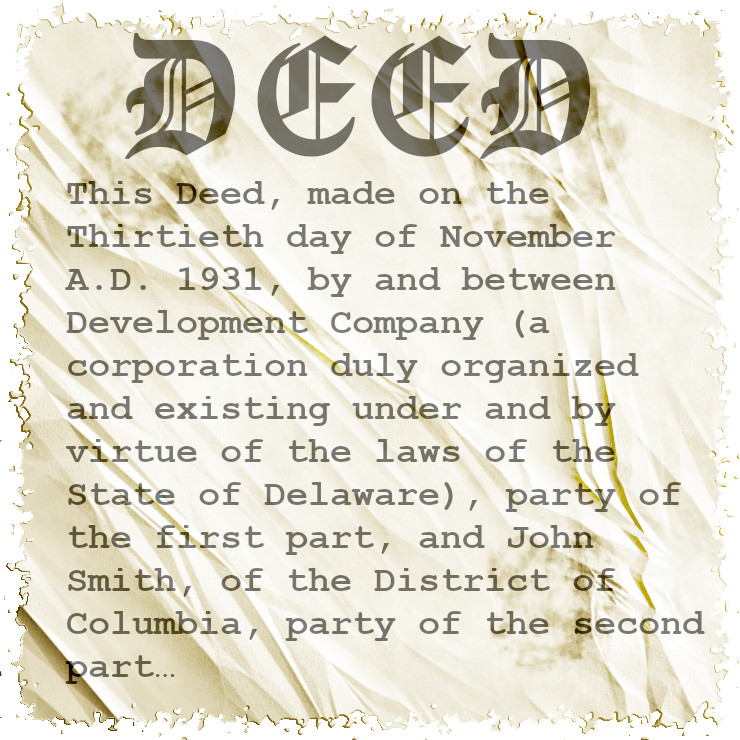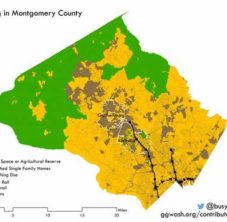A deed is a set of conditions that are part of a sale of real estate. The buyer undertakes to uphold the deed’s restrictions, covenants, and agreements. As the property moves from owner to owner, the conditions of the deed survive.
The purpose of some deed restrictions is to provide predictability to buyers of the specified lot and surrounding lots. In the fairy-tale version of the American dream, a young family moves into an old existing house where the parents can raise their children, grow old together, and bequeath the house to the next generation. That dream requires cooperation from the surrounding owners, who must promise not to open a saloon in the adjacent property. That cooperation is guaranteed in a deed.
Discussion is starting to heat up over HB1300 Restriction on Use of Real Property, a bill that would eliminate some restrictions on what owners can do with their residences. In particular, the legislation will make unenforceable restrictions appearing in deeds issued before June 1, 1958 and after the bill comes into effect, presumably October 1, 2024.
The state has an archive of deeds, and I found one applying to a property in today’s desirable Kenwood area. The deed was issued on February 3, 1932, and presumably would fall within the applicability of HB1300. The deed includes the following restrictions:
- Used for single-family dwelling (SFD).
- Lots cannot be subdivided with less than 100 feet of frontage.
- No building erected within 35 feet of a property line.
- No billboards.
- No building erected costing less than $20,000 ($360,721 today).
- Exterior alternations and renovations must be approved by developer or successors.
- No livestock.
- Only Caucasians allowed to live in the property.
- Restrictions 3 and 8 are in perpetuity, others expire in 1953.
(There are days when I feel fortunate to live after the 1948 decision Shelley v. Kraemer that held racist restrictions such as #8 unconstitutional; I feel even more fortunate to live in a time when the social norms abhor such restrictions.)
Restrictions 1–3 are of concern to HB1300. They limit the use of the property to SFDs. As I’ve written countless times in this blog, SFDs are the primary blocker to increasing the supply of housing stock and the associated reduction in the cost of housing.
There are 62,098 SFDs built before 1959 out of 185,229 today, so just under one-third of the SFDs are affected by this legislation. Furthermore, over 90% of those pre-1959 SFDs are located below the Beltway and in Rockville.
Assuming the affected residents capitulate, the county government readily grants permits, and the developers jump on the opportunity, placing a four-plex on these SFDs will increase the housing stock by 62,000 × 3 = 186,000 units. That is substantial. (There are another 30,000 lots that are not identified as SFD but may also be covered by HB1300.)
In Part 2 of this series, we’ll explore the implications of this legislation.






